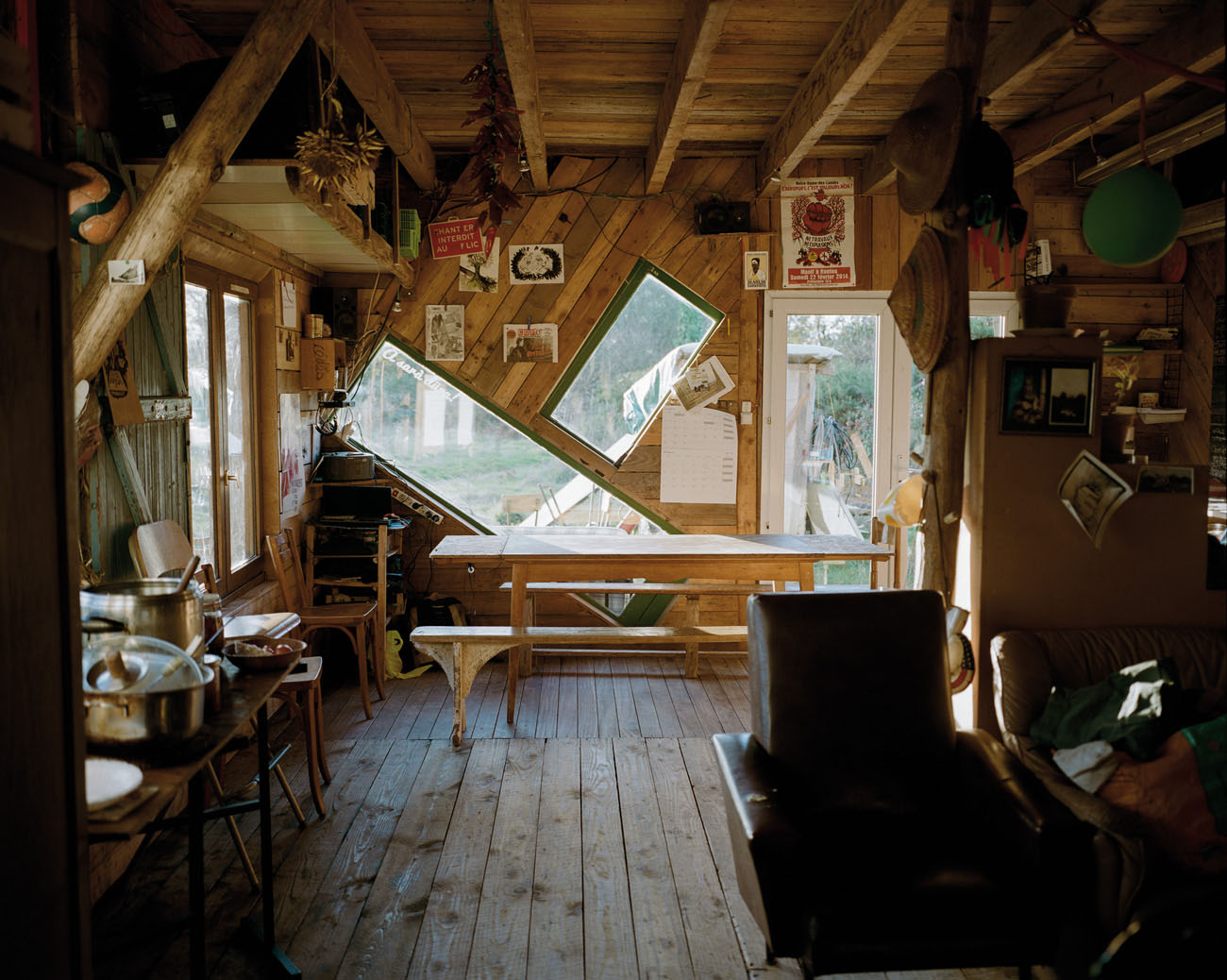Reflecting Urban Cultures
Semester 3, Brussels
English spoken
Master of Architecture engagement Urban Cultures, Campus Sint Lucas Brussels
Academic year 2023-2024
Tutor: Irene Feria Prados
Image: Nuclear Family, H. Armstrong Roberts
A house is not a home (for all)
Learning from queerfeminist activism to rethink the domestic
We tend to think of the house as a neutral and safe space. But in reality, it is a site for political struggle. In the house, we challenge or conform to gender norms, sexual orientation, religious beliefs, cultural traditions, etc. It is the space in which we can feel the most empowered, as well as the most vulnerable.
The most common architectural type of house in the western world is designed for the nuclear family: a white, heterosexual and middle class family unit. This construct is taken as universal, even though it only refers to a part of the population. But there are other types of families (understood in their broadest sense) in our society – feminist communities, families with migrational background, queer families, to name a few. For them, these spaces become unfit for their social structures.
This studio is an invitation to challenge the discrepancy between these social structures and their domestic spaces. Within queer and feminist activism, there is a search for more egalitarian and collective ways of living together, addressing the intersectionality of our society – how the intersecting factors of gender, race, sexual orientation and class play a role in discriminatory processes in our society. During the studio, we will question the nuclear family house and its discriminatory and segregationist origins, and enhance these other, more inclusive ways of living together through design.
TIMELINE
01_DECONSTRUCTING [THE HOUSE] W1-3 *Collective work
OUTPUT: material-discursive analysis of spatial settings
We will start by deconstructing the idea of the house as a ‘neutral’ space. To do so, we will disseminate the house, choosing one spatial setting and studying in its discursive-material dimensions. With the help of a theoretical text on decolonial/feminist/queer theory, you will analyse how discriminatory discourses became a material reality that is normalised in architecture.
Some examples of spatial settings + topics:
-Kitchen: (Re)productive labour as feminist struggle
-Veranda: The colonial shaded exterior as segregationist space
-Closet – Bedroom: Coming out as process of queering architecture
02_PRECEDING [DOMESTICITY] W3-5 *Collective work
OUTPUT: relational fragment of building
Secondly, we will study the historical and existing architecture of alternatives to the nuclear family home. From squats in Berlin to collective canteens in Méjico DF through queer firehouses in New York, these references will contribute to understanding how the domestic can be materialised in a more collective, diverse and inclusive manner. (as a collective, diverse and inclusive space)
*EXCURSION IN BXL: We’ll have an intense day and speak to activist communities, go to exhibitions, visit collective housing projects & much more to define with you 🙂 *around W4-6
03_ SITUATING [THE HOUSE] W5-6 *Individual work
OUTPUT: Brief graphic novel
At this point, you will situate yourself and your intervention. What is your position towards the idea of the house, and which collective struggles would you like to support with a design? In conversation with collectives (extended families, activist collectives, queer houses) in Brussels, you will identify for whom you want to design, understanding what are the needs of the users and how they can benefit from new architectural arrangements for their feminist/queer/antiracist practices.
04_RECONSTRUCTING [THE DOMESTIC] W8-14 *Individual work
The design will depart from answering what is domestic for you? Is it a collective, public kitchen, is it a communal living-room, and shared bedroom or laundry room? You will propose a reconfiguration of the domestic as collective spatial settings departing from the needs of existing communities.
Output:
-A relational drawing of the design proposal, explaining how social structures unfold in the physical space. The drawing will focus on representing how aspects of safety, intimacy and inclusivity are achieved through the arrangement of rooms.
-A model 1:20 of a fragment of the building. This model will explain a key moment in which materiality plays a decisive role in the creation of a collective domestic atmosphere.
Further readings:
-Alva Gotby, They Call it Love: The Politics of Emotional Life / 2023
-Anna Puigjaner, Kitchenless Cities: Architectural Systems for Social Welfare / 2020
-Elizabeth (Dori) Tunstall, Decolonizing Design: A Cultural Justice Guidebook / 2023
-Johny Pitts, Afropean: Notes from black Europe / 2019
-Katarina Bonnevier, Behind straight curtains: Towards a queer feminist theory of architecture / 2007
-Paul B Preciado, An Apartment on Uranus / 2020
-Sophie Lewis, Abolish the family: A Manifesto for Care and Liberation / 2022

‘Common space with 100 names’ Notre-Dame-des-Landes ou le métier de vivre, DSAA Alternatives urbaines

